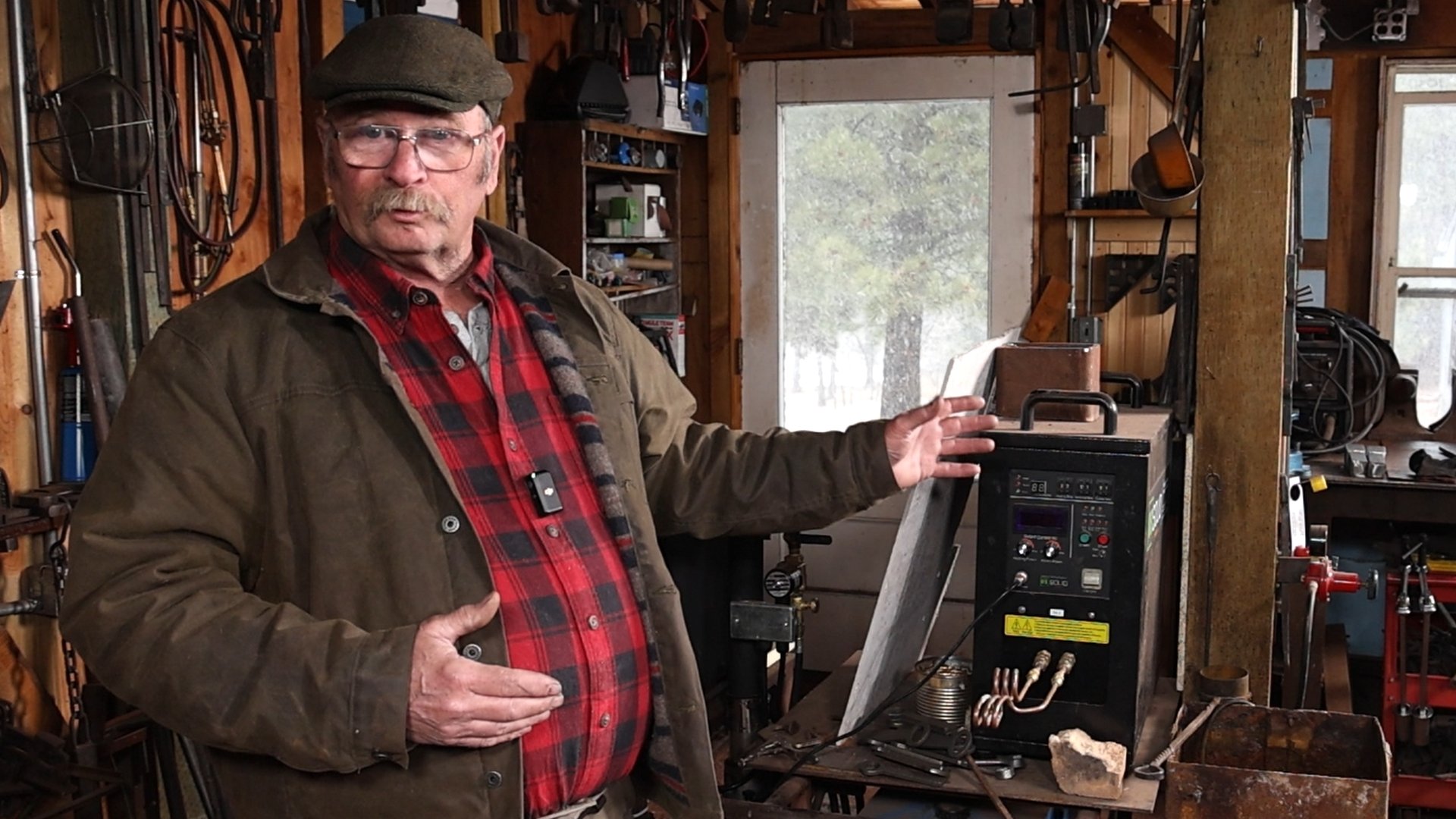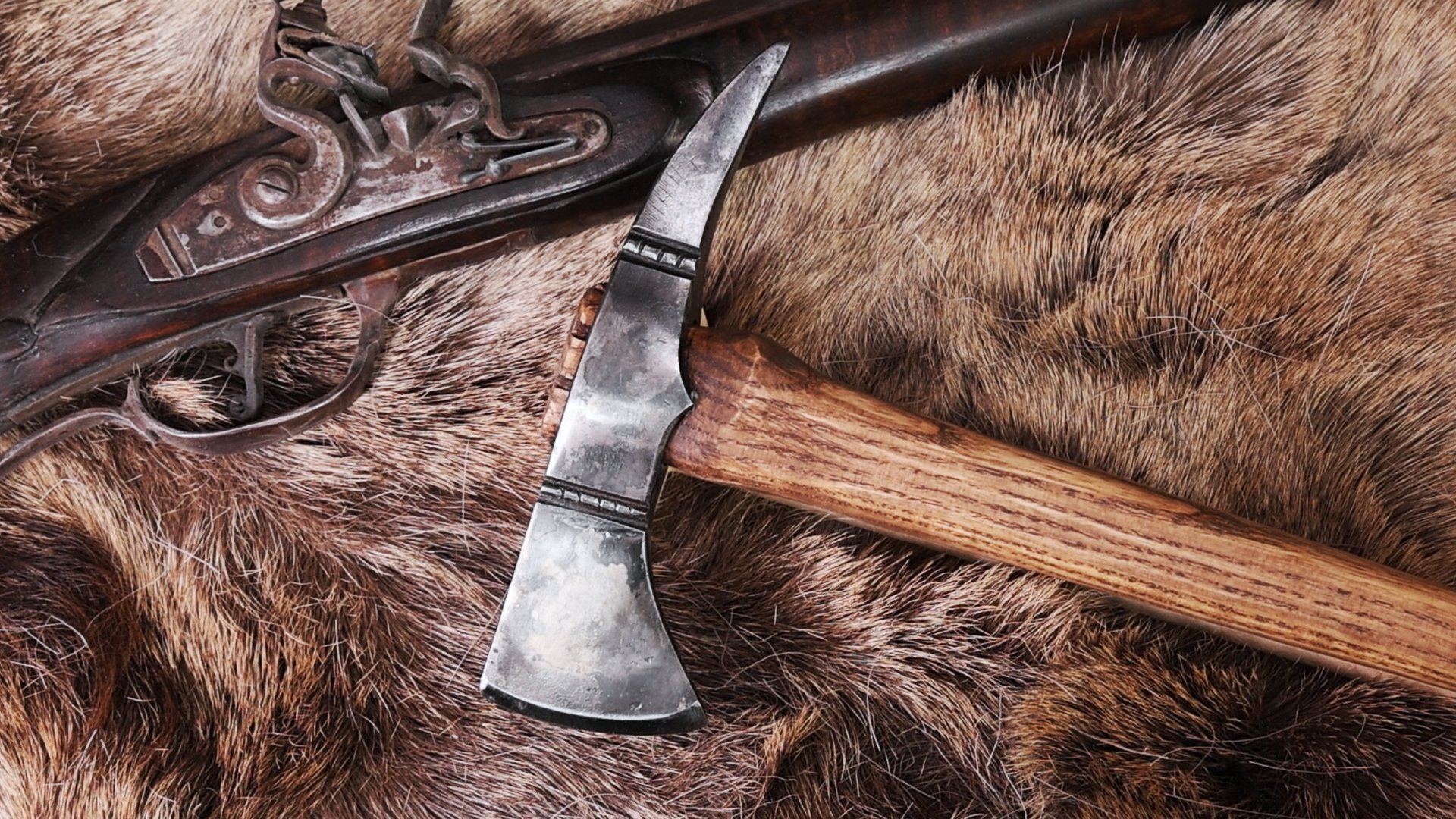
Inspired by the past, forging for the future: my life as a blacksmith
If there is something about me that seems familiar to you, maybe you have seen my blacksmithing and personal videos on my YouTube channels, Black Bear Forge and John Switzer. Sharing the techniques of honest blacksmithing and, from time to time, my musings on craft and what actually constitutes blacksmithing, gives me a lot of satisfaction. Still, I am a blacksmith and not just a video maker, and my desire is to become the best smith I can be, making useful and beautiful things that will last for a long time.
My blacksmithing career started modestly enough in high school metalshop, where I found out that I could shape iron if I got it hot and hit it hard. In those days I was into rock and ice climbing, and ice climbers use metal climbing axes, so that is what I made. It wasn’t all that good as a climbing tool or, more accurately, it was awful, but it was and I made it. After that, life happened; I became a firefighter (is there something connected about that?) and had a family, and it wasn’t until I began watching the television series, The Woodwright’s Shop by that pioneering craft influencer, Roy Underhill, that I started thinking again about forging iron. Roy was making his own woodworking tools by forging them. I could do that too!
Then I got into the mountain man rendezvous scene and started making forged tent stakes, pole hooks, fire irons, and who knows what all else, to peddle at the events. It was a nice way to make a little money.

Eventually I wanted to leave firefighting but I couldn’t simply retire early and putter about the house. That’s when I decided to take blacksmithing seriously. This involved setting up an Etsy shop, serving on the board of Rocky Mountain Smiths, giving demonstrations for the organization, studying when I could with other smiths. I forged and hauled great quantities of woodworking tools to distant trade shows such as Handworks, Woodworking in America, and the Lie-Nielsen tool events, and sometimes it was even lucrative. I met a lot of fine craftspeople in the hand woodworking world. All the while, I was musing about how I could best be a blacksmith without just making more woodworking tools and more copies of the expected colonial American objects.
I made a candelabra that didn’t look like all the others. It is heavy and imposing, well suited to a setting with substance. A log house, for instance, or one of the great national park lodges such as Old Faithful Inn at Yellowstone and El Tovar at the Grand Canyon. Or a classic ski lodge like Timberline Lodge at Mount Hood, which is full of hefty hand-forged hardware. I love these places; they inspire my sense of design and make me want to get into my shop. Lodge Style - it’s my concept of design that fits the western landscape in the way that lodge architecture does, and it’s what I want to pursue now. Living as close to Taos as I do, I’m also drawn to the relatively simple ironwork on old wooden gates hung in adobe walls and on handmade chests (graneros) and cupboards (trasteros) of the region, once a remote and isolated part of Mexico.